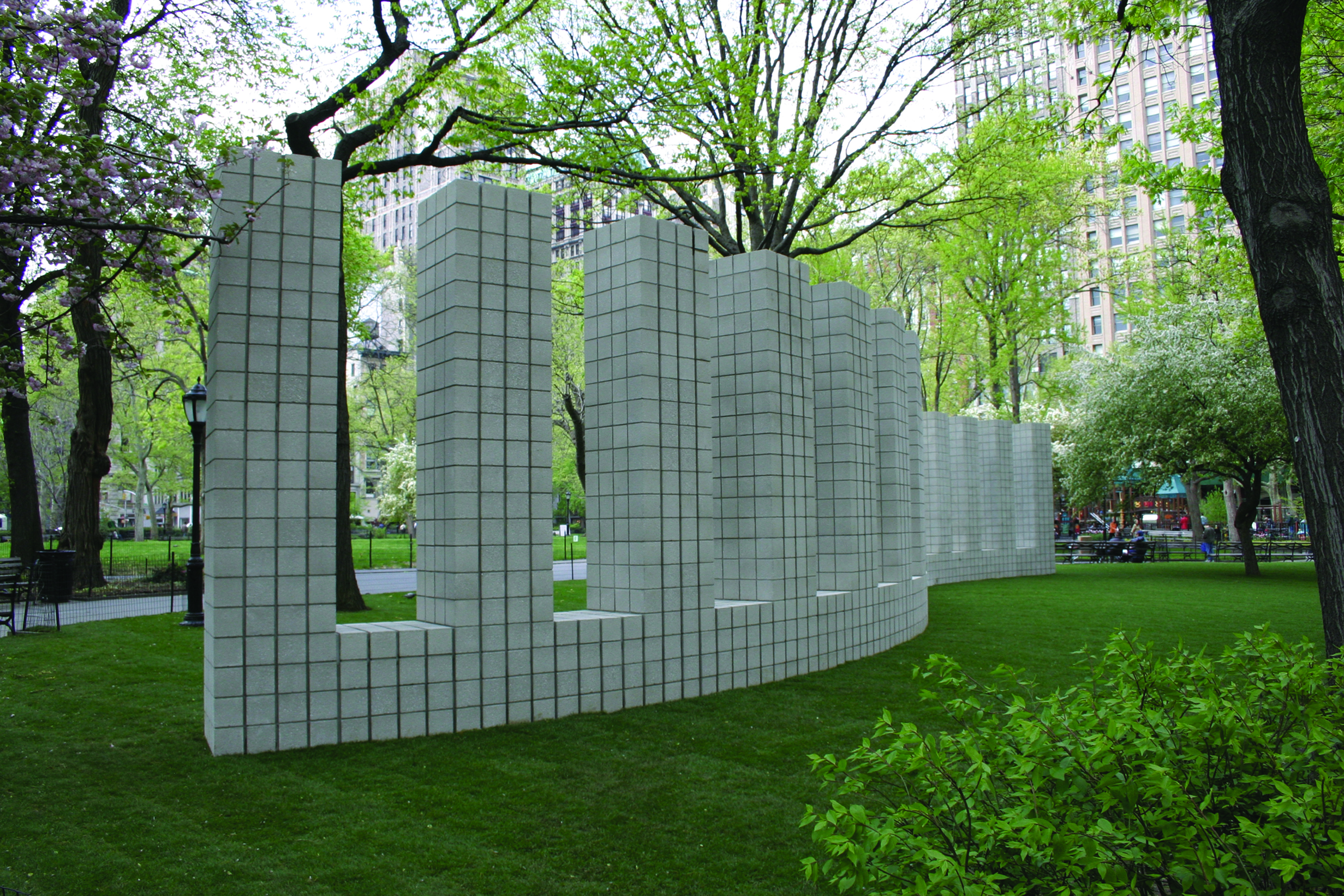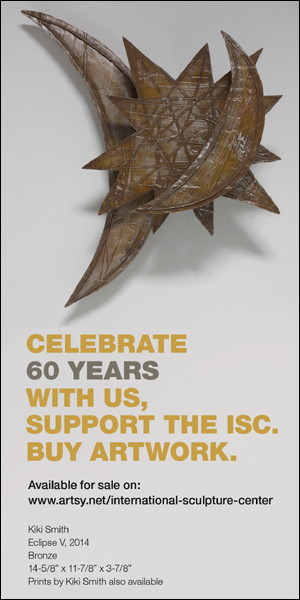When approached to do an interview with Sol LeWitt, I immediately recalled a moment in the late ’70s during my graduate research on conceptual art when I felt compelled to have a conversation with the artist. At that time, LeWitt’s influence on other artists, particularly those pursuing a conceptual or post-minimal approach in their work, was enormous. One of the important works that I referenced in our early discussion was his Variations on Incomplete Open Cubes (1974), which had been shown a few years earlier at the John Weber Gallery in SoHo. We had a lengthy discussion via telephone in which we entered into what seemed at the time a heated discussion concerning the phenomenological basis for the work’s actualization.
The discussion focused on where the actual basis of the art was located. Was it in the production of the relatively small three-dimensional structures painted white and placed in a grid format on a low-level black platform? Was it in the black and white photographs of the individual units mounted in square frames on the walls? Or was it in the isometric drawings of each of the 144 units? The answer, LeWitt concluded, was none of the above. Rather it was about the concept—the idea of evolving a “finite system” with a beginning and an end, contingent on visualizing all possible variations of a cube. According to LeWitt, an incomplete cube needed at least three angles and no more than 11. The visualization of these variations was, as the artist stated in 1967, “a perfunctory affair.” Once the idea was clear, the visual aspect of the piece became secondary.




